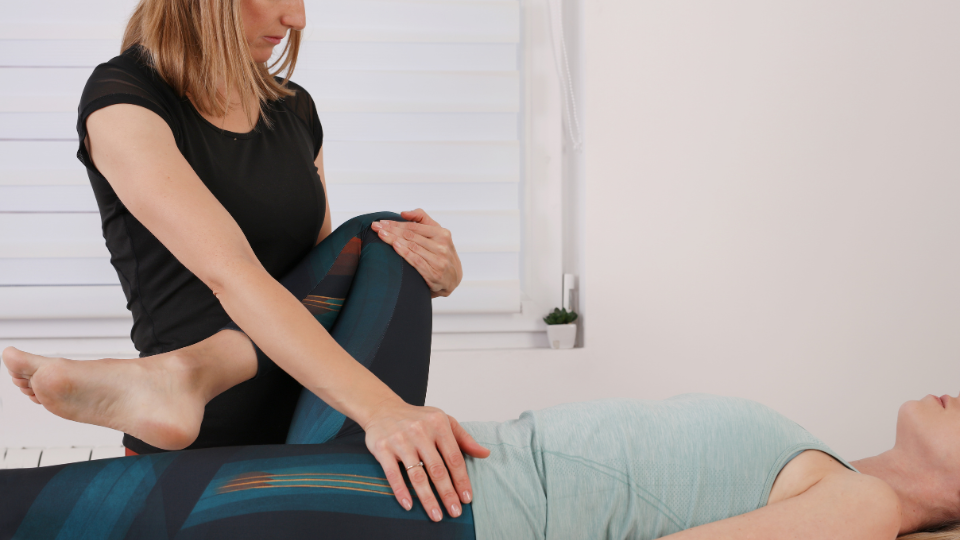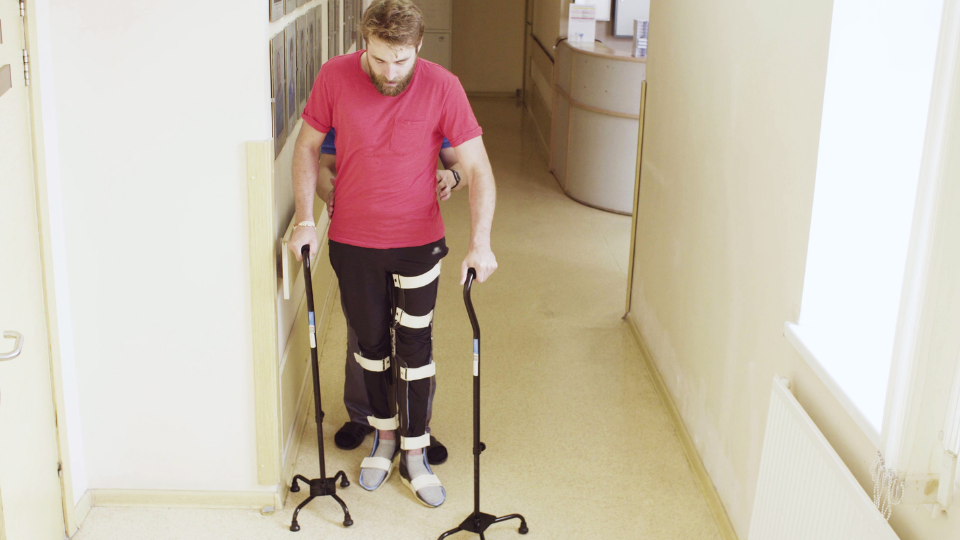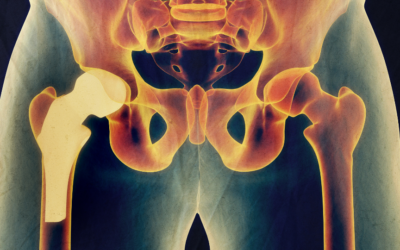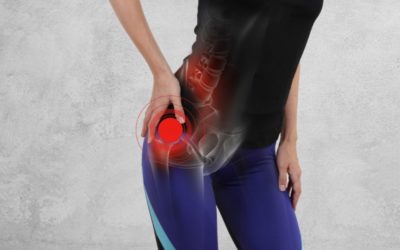Hip replacement surgery is a major medical procedure that may be necessary to address pain, deformity or loss of function in the hip joint. Caring for a patient who has undergone hip replacement can feel overwhelming – especially since post-surgical recovery can take several weeks or months to fully recover. However, with proper preparation and an understanding of how to care for those who have had a hip replaced, you will be better equipped to provide quality care and support during their recovery journey. In this blog post, we’ll cover the basics of what you need to know as a caregiver when it comes to caring for someone with a new hip replacement.
As a general rule, to care for a hip replacement patient, follow the doctor’s instructions, manage pain with medications, and practice mobility exercises. Assist in daily activities, maintain a safe environment, and encourage a healthy diet. Attend physical therapy and adhere to movement precautions.
I’m here to help you navigate the most effective method for sitting after your hip surgery. My 30-year background as a chiropractor has been complemented by my training in ergonomics. I have written a book on maintaining good posture, presented on the subject on nationwide TV, and devised multiple solutions to support optimal posture and sitting comfort. I also successfully crowdfunded the development of my newest innovation, a collection of ergonomic seat cushions, through Kickstarter. With this wealth of expertise, I am confident in my ability to offer practical advice that can minimize or even eliminate your discomfort.
Understanding Hip Replacement Surgery
Hip replacement surgery, also known as hip arthroplasty, is a procedure in which a damaged hip joint is replaced with an artificial one. This surgery is commonly performed to relieve pain and improve mobility in individuals with severe hip arthritis or other hip joint disorders. Knowing the details of the surgery and the recovery process will help you provide better care for the patient.
Preparing the Home for Recovery | Patient Care | Physical Therapy after Hip Surgery
Decluttering and Organizing
A clean, clutter-free environment is essential for a hip replacement patient’s safety and recovery. Make sure to remove any potential tripping hazards such as loose rugs, cords, and other items on the floor. Organize the living space to ensure the patient has easy access to essential items.
I’ve written a complete hands-on review about the best seat cushion after hip surgery, and here are some of the shocking issues I ran into in this post!
Safety and Accessibility
Install safety devices such as grab bars and non-slip mats in the bathroom, and consider adding a raised toilet seat for easier sitting and standing. Make sure hallways and doorways are wide enough to accommodate a walker or other mobility aids.
Preparing the Bedroom
Ensure the patient’s bed is at a comfortable height for getting in and out, and consider using a bed rail for added support. Keep essential items such as medications, water, and a phone within easy reach of the bed.
Assisting with Mobility
Using Assistive Devices
Assistive devices such as walkers, canes, and crutches are crucial for hip replacement patients during the recovery process. Help the patient learn how to use these devices safely and efficiently, and encourage their use to promote independence.
Helping with Transfers
Assist the patient with transfers from the bed, chair, or toilet, ensuring proper body mechanics to avoid injury. Practice the “hip precautions” recommended by the surgeon, such as not crossing the legs, bending the hip more than 90 degrees, or rotating the leg inward.
Encouraging Proper Movement
Support the patient in maintaining proper posture and movement patterns, as these are crucial for a successful recovery. Encourage the patient to avoid activities that may strain the hip joint, such as heavy lifting, excessive bending, or climbing stairs.
All Day Comfort & Support
Medication Management
Proper management of pain medication is crucial for a comfortable recovery. Follow the prescribed dosages and schedules, and ensure the patient takes their medications on time. Keep track of any side effects or concerns and communicate with the healthcare team as needed.
Applying Ice and Heat
Applying ice and heat can help alleviate pain and swelling in the hip area. Use an ice pack wrapped in a cloth for 20 minutes at a time, several times a day. After the initial swelling has reduced, you can alternate between ice and heat to aid the healing process.
Supporting Rest and Sleep
Ensuring the patient gets adequate rest and sleep is essential for recovery. Encourage the patient to take short naps during the day and maintain a regular sleep schedule at night. Provide pillows or cushions to support the hip and reduce discomfort while sleeping.
Promoting a Healthy Lifestyle
Encouraging a Balanced Diet
A healthy, balanced diet is essential for healing and overall well-being. Encourage the patient to consume a variety of fruits, vegetables, lean proteins, whole grains, and low-fat dairy products. Include foods rich in vitamins, minerals, and antioxidants to support tissue repair and immune function.
Ensuring Proper Hydration
Proper hydration is crucial for the recovery process. Encourage the patient to drink water regularly throughout the day. Limit the consumption of caffeine and alcohol, as they can lead to dehydration.
Supporting Exercise and Physical Therapy after Hip Replacement Surgery | Total Hip | Knee Replacement
Physical therapy and regular exercise are vital components of the recovery process. Work with a physical therapist to develop an appropriate exercise program for the patient, and assist them in completing the prescribed exercises. Encourage the patient to stay active and gradually increase their activity levels as they progress in their recovery.
Seat Cushion for Hip SupportAxial Ergonomic Seat Cushion® | Seat Chair Wedge
Quick Guide: A 30-Second Summary
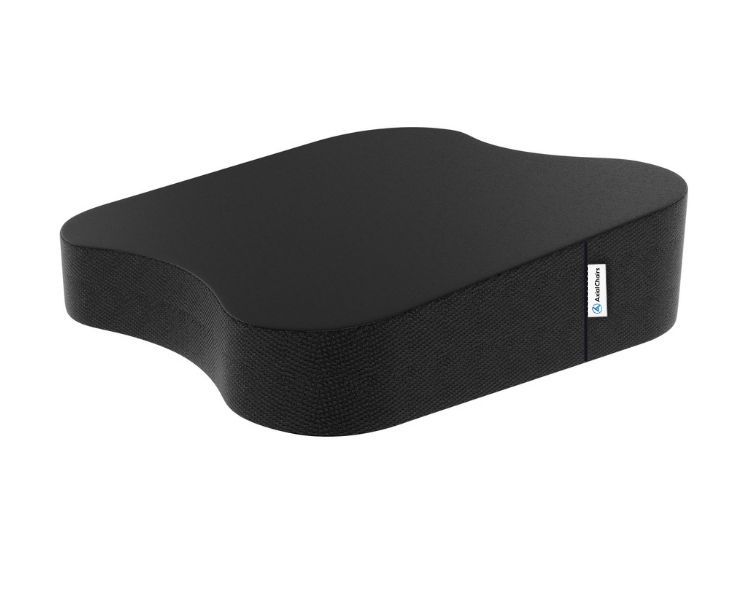
All Day Comfort & Support
Product Name
Axial Designs™ Seat Cushion
Price
$149
Warranty
1 Year
Type
Posture Wedge
Top Layer
100% Natural Latex (Molded)
Bottom Layer
High-Density Foam
Top Material
Isometric Grippy Vegan Leather
Bottom Material
Non-Slip Material
Side Material
3D Breathable Fabric
Monitoring for Complications
Infection
Keep an eye out for signs of infection, such as redness, warmth, swelling, or discharge at the incision site. If you notice any of these symptoms, contact the healthcare team immediately.
Blood Clots
Blood clots can be a serious complication after hip replacement surgery. Be vigilant for symptoms like swelling, redness, warmth, or pain in the calf or thigh, and report any concerns to the healthcare team.
Dislocation
Hip dislocation is a rare but serious complication. If the patient experiences sudden, severe pain in the hip, an inability to move the leg, or a change in the leg’s length or position, seek medical attention immediately.
Conclusion
As a patient going through hip replacement surgery, following these key steps to recovery is the best way to make sure you feel truly better than ever. Although it may be difficult to push yourself and follow through with doctor’s orders for physical exercise and diet regimens, avoiding excessive strain and resistance are essential for a successful hip replacement operation. Additionally, your mental wellbeing can greatly affect how quickly you heal from such a life-altering surgery and having support from family members or even professional talking therapy can help to motivate and keep you on track towards achieving the fullest possible result of your recovery journey. With the right dedication and care, soon enough you will feel like you have been given an entirely new lease on life.


